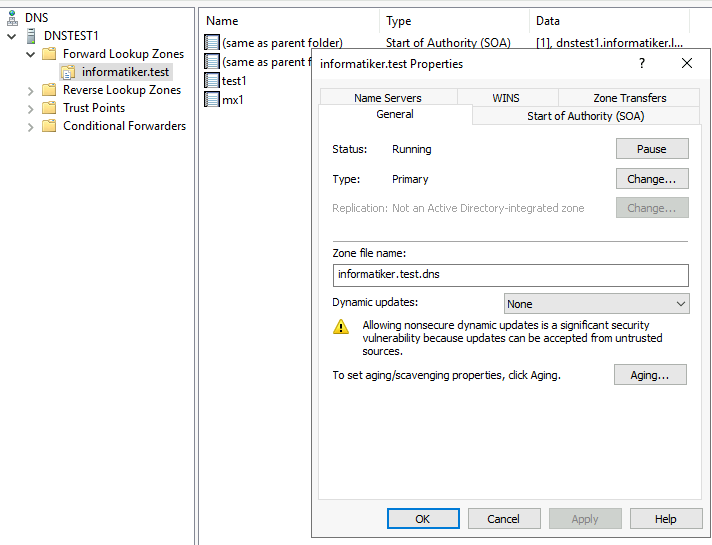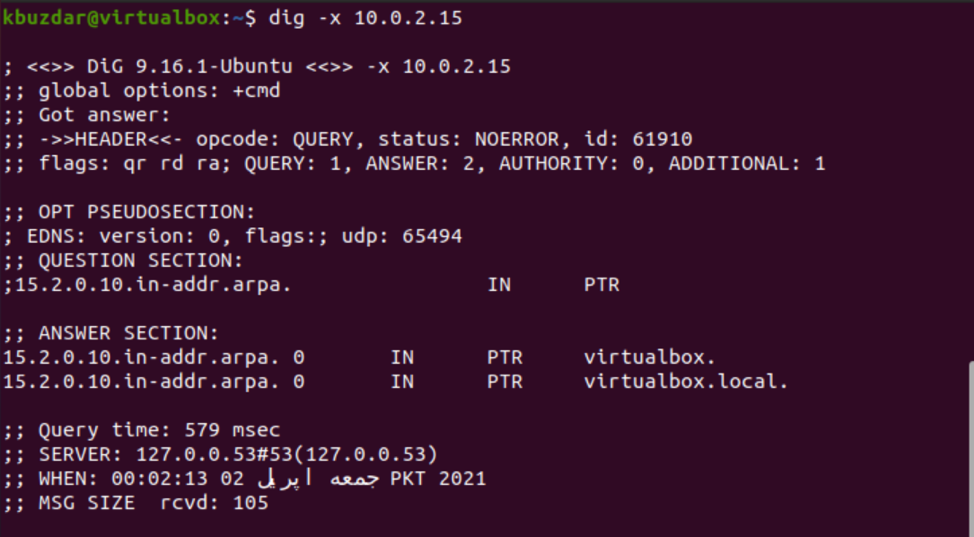

The modern "reverse DNS lookup" should not be confused with the now-obsolete "inverse query" (IQUERY) mechanism specified in RFC 1035: arpa top-level domain.Īlthough the informational RFC 1912 (Section 2.1) recommends that "every Internet-reachable host should have a name" and that "for every IP address, there should be a matching PTR record," it is not an Internet Standard requirement, and not all IP addresses have a reverse entry. The reverse DNS database of the Internet is rooted in the. It may also be used to determine the name of the internet service provider assigned to a particular IP address.

This may be used to try to identify the originator’s domain name to track, for example, a spammer sending spam emails or the domain name of a computer trying to break into a firewall or someone trying to hack the system. rDNS involves searching domain name registry and registrar tables. The process of reverse resolving of an IP address uses PTR records. In computer networks, a reverse DNS lookup or reverse DNS resolution ( rDNS) is the querying technique of the Domain Name System (DNS) to determine the domain name associated with an IP address – the reverse of the usual "forward" DNS lookup of an IP address from a domain name.

Not to be confused with Reverse domain name notation.


 0 kommentar(er)
0 kommentar(er)
